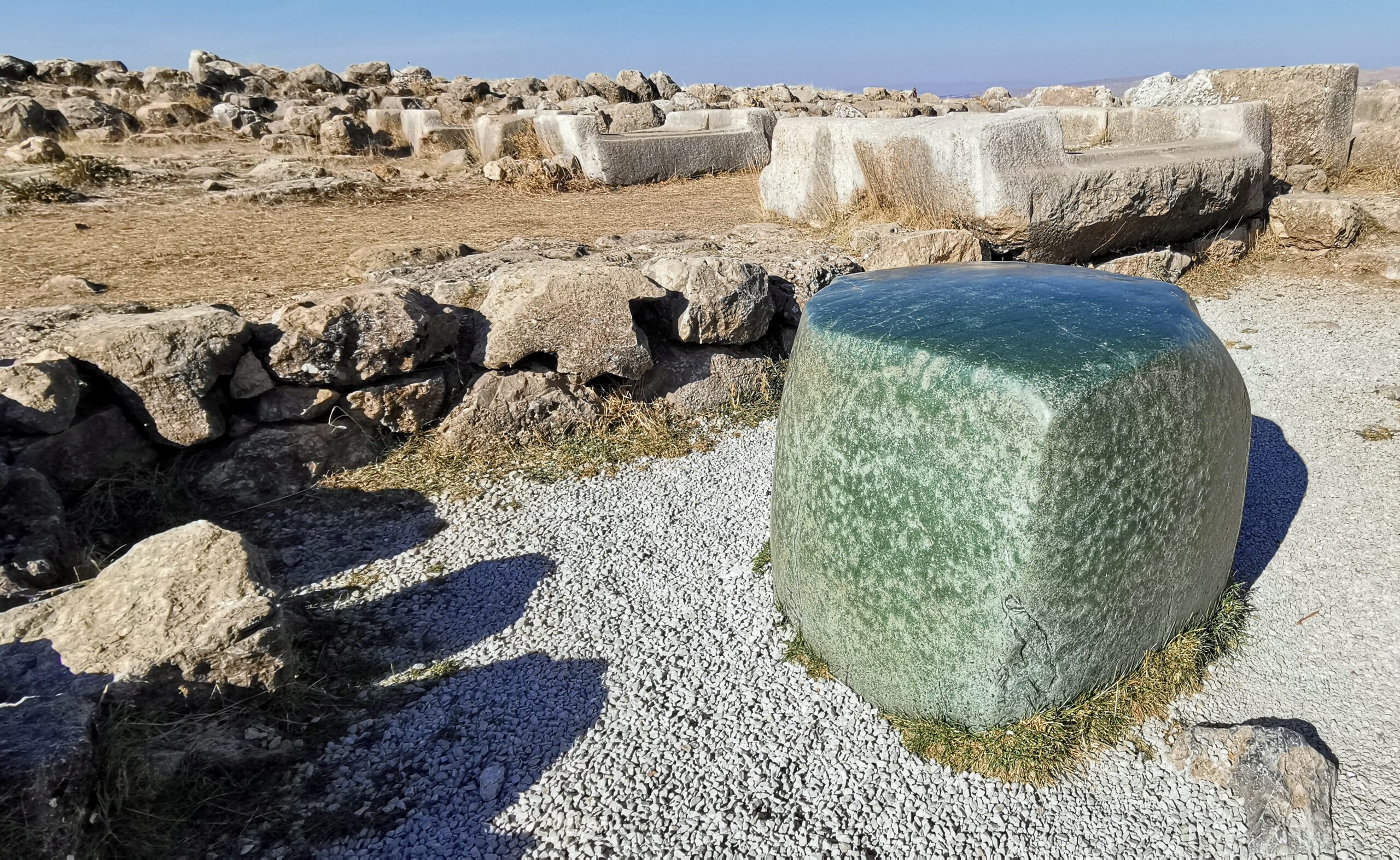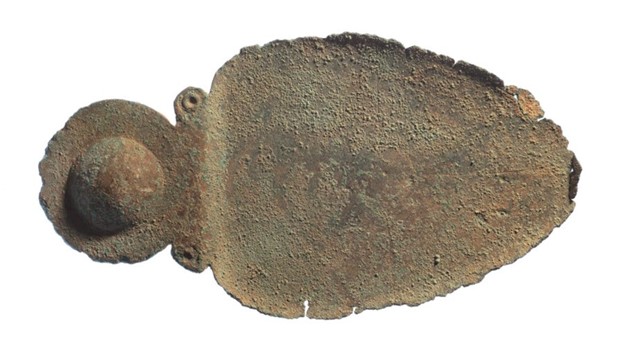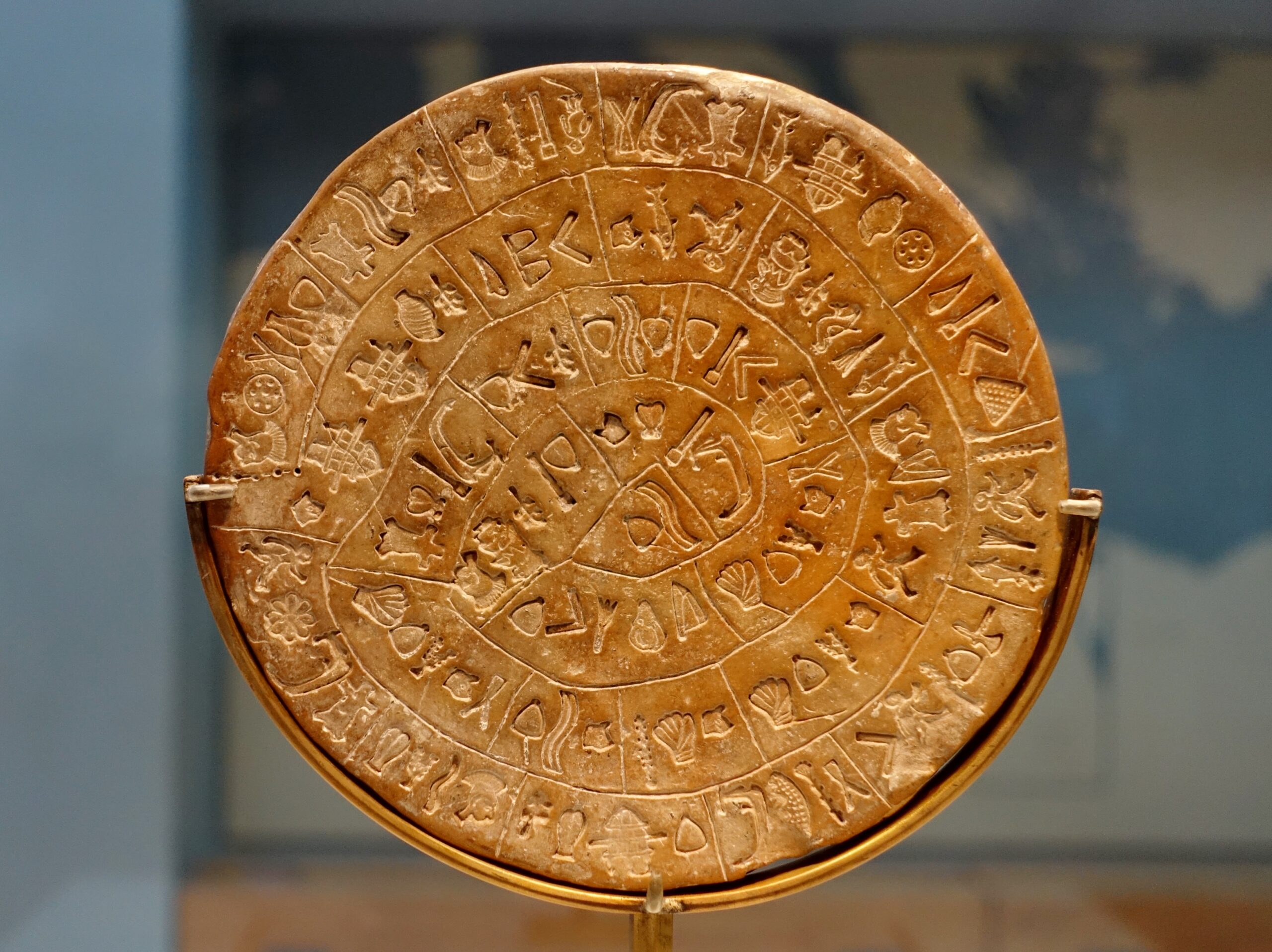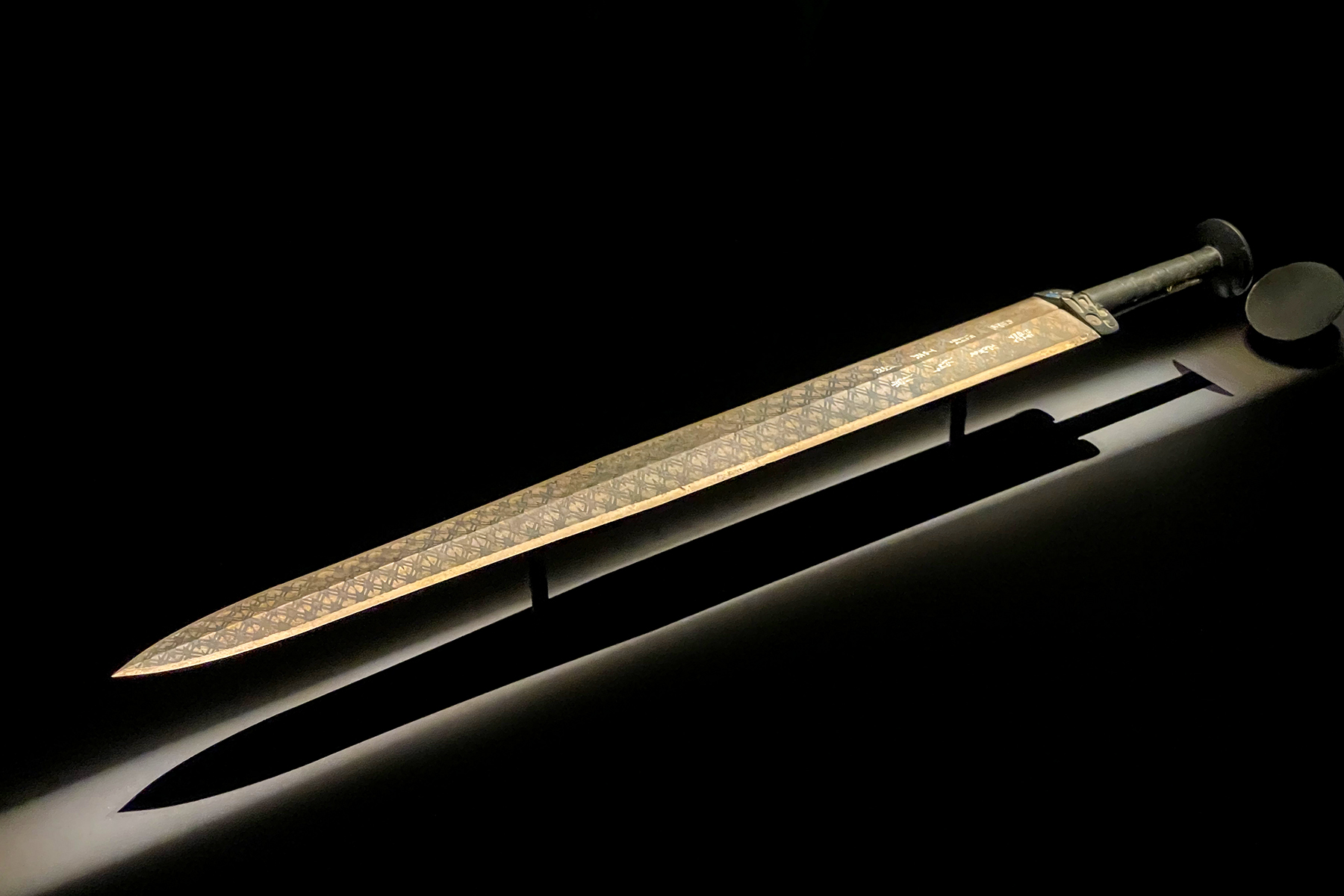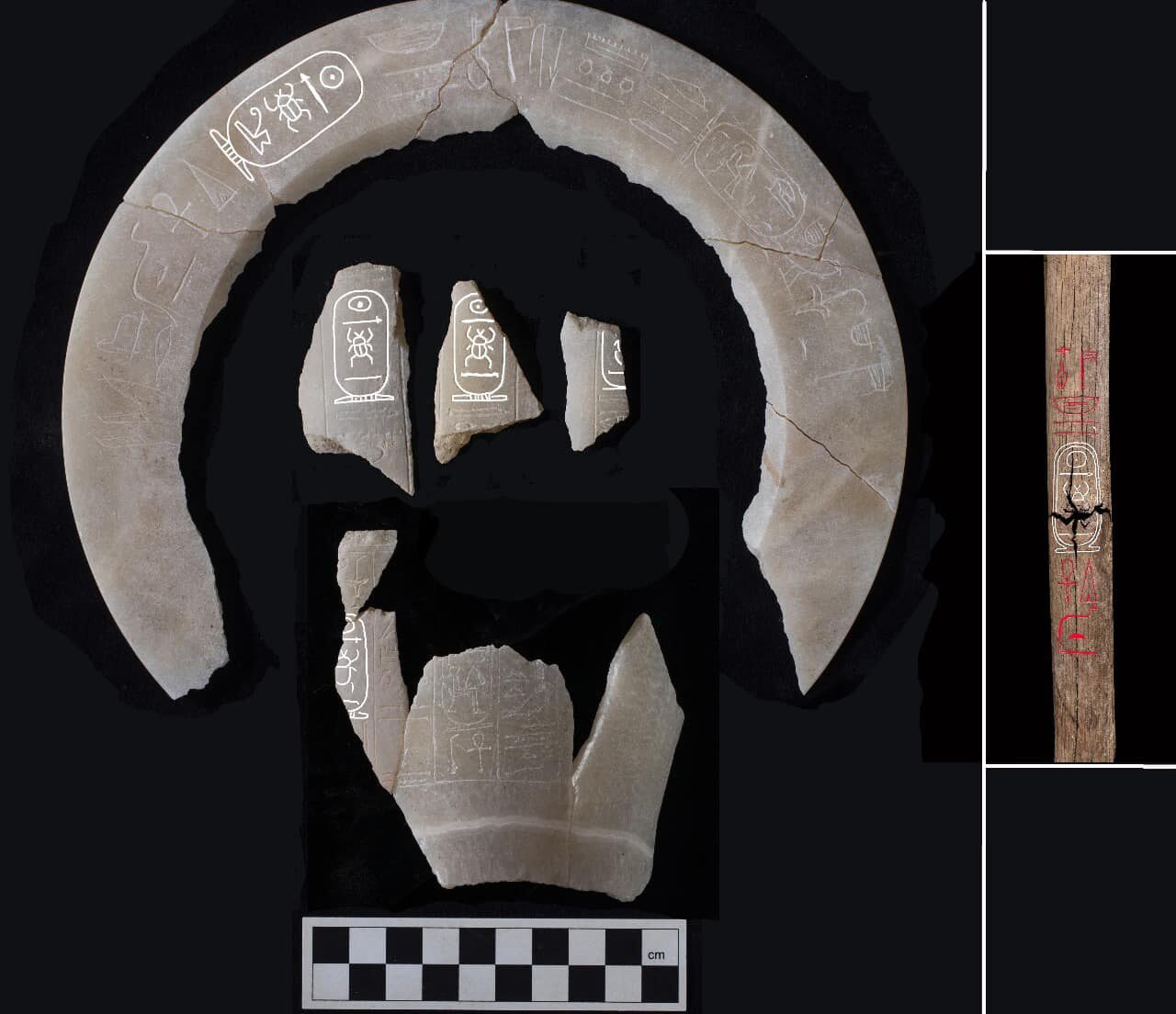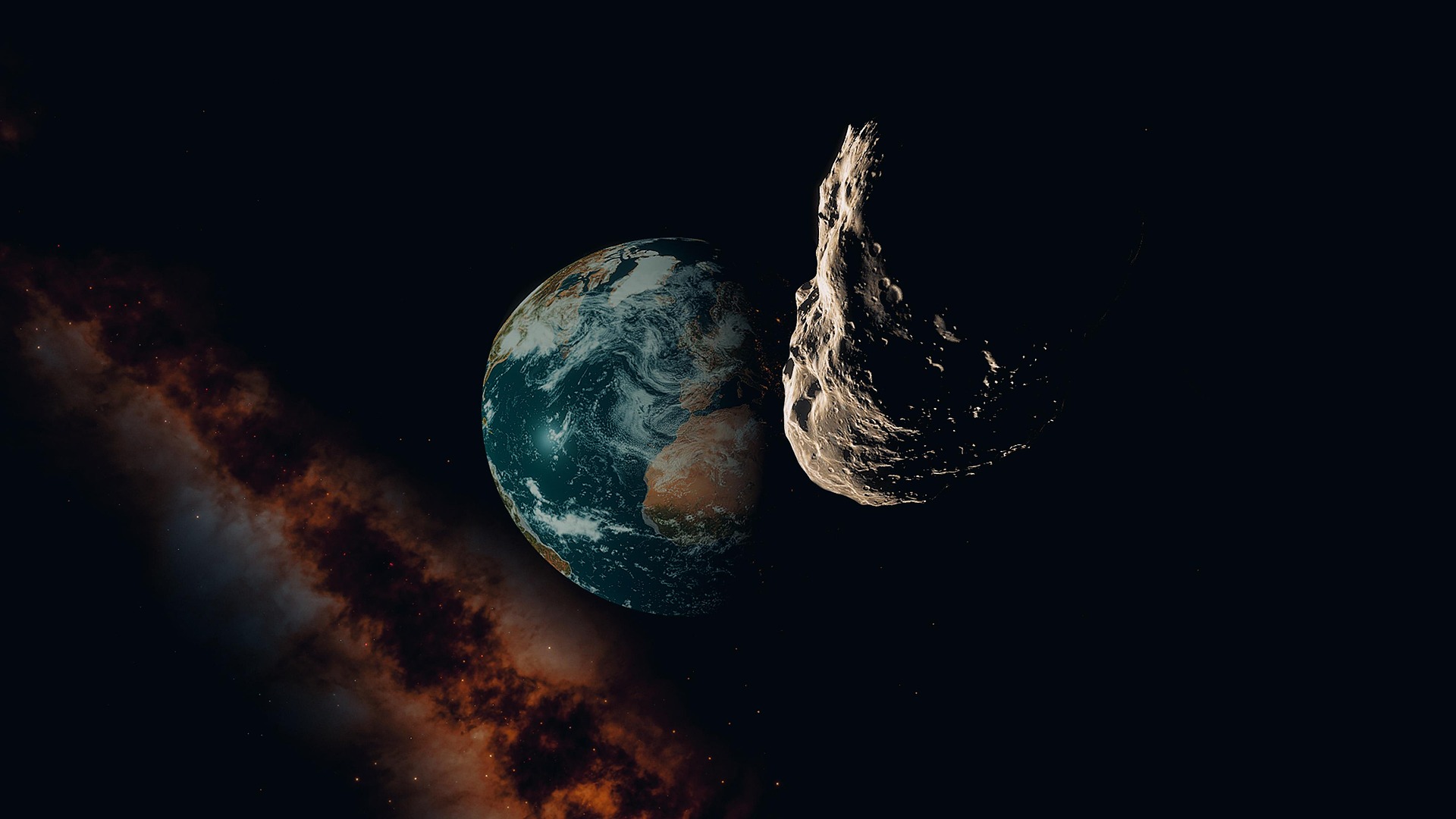
Few space objects grab attention like an asteroid with a chance to strike Earth. In late 2024, astronomers found asteroid 2024 YR4, a near-Earth rock flagged for its faint odds of impact. By February 2025, NASA set those odds at 2.3% for December 22, 2032—a slim possibility that stirred interest. Spanning 130 to 300 feet, this object could cause real damage if it lands. Yet its path isn’t set, and experts keep a close watch.
Spotted in Chile
It all started on December 27, 2024. A telescope in Rio Hurtado, Chile, picked up a dim speck moving fast. Named 2024 YR4, this rock raised flags when its orbit showed a possible brush with Earth. First checks pegged a close pass in 2028, then a riskier one in 2032. By January, the odds sat at 1.2%. Then, on February 12, NASA updated it to 2.3%—one in 43—an unusual spike worth noting.
At up to 300 feet wide, it’s no giant. Unlike the mile-wide monster that ended the dinosaurs, 2024 YR4 is a “city-killer.” If it hits, it might unleash an 8-megaton blast—over 500 times Hiroshima’s force. That could mean a crater in a field or broken windows across a town. But with a 97.7% chance of missing, it’s more a curiosity than a crisis for now.
Mapping Its Course
Asteroid 2024 YR4 loops the Sun every four years, crossing near Earth on its way. After passing 27 million miles off in December, it’s drifting farther out. Telescopes from New Mexico to South Africa have tracked it since, sharpening the numbers. By April 2025, it’ll grow too faint to see until June 2028, when it swings back closer. Each look narrows down its 2032 odds.
Size matters here, and it’s still a guess—130 to 300 feet. The James Webb Space Telescope will take a peek in March 2025 to settle that. Is it a stony lump or a metal slab? A heavy core could smash through the air, while a lighter one might break apart high up. Those details tweak the risk picture.
What If It Hits?
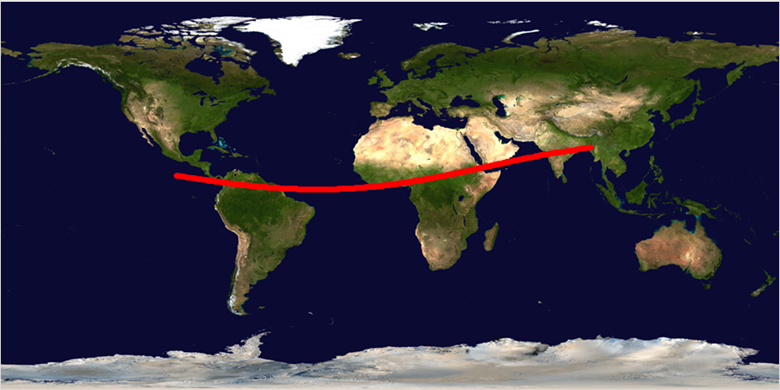
If asteroid 2024 YR4 lands, its path could cross a wide belt—from the eastern Pacific over South America and Africa to South Asia. Most of that’s water, so a splash is likely. But a shore strike might kick up waves, or a city hit could shatter buildings. At 38,000 miles per hour, it’d slam in hard—think an 8-megaton punch, like Siberia’s 1908 Tunguska blast that flattened 800 square miles of trees.
That event left no hole, just fallen timber in a remote spot. Today’s cities wouldn’t shrug it off so easily. Still, these impacts come once every few thousand years, and the odds favor a clean miss. For now, it’s about watching, not worrying.
Plans to Push Back
NASA has tools ready if needed. In 2022, they crashed a spacecraft into an asteroid with DART, showing we can shift these rocks. For 2024 YR4, a nudge like that could work—eight years gives time to act. Other ideas include a decades-old plan to use lasers, tested in labs since the 1990s to heat a side and steer it off with vapor jets. Another option pulls it aside with a spacecraft’s gravity.
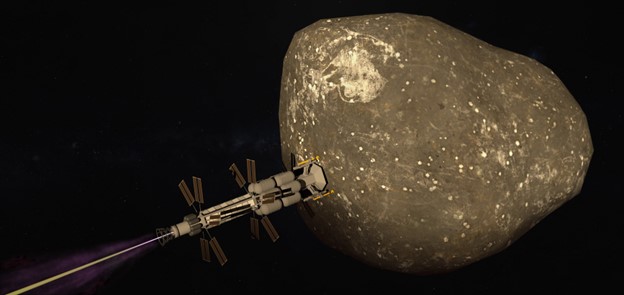
A global team met in February 2025 to talk it over. They’ll check again by May, or sooner if data shifts. Past scares, like the 2004 Apophis asteroid with a 2.7% chance, faded to nothing with more study. This one might too.
Open Questions
Asteroid 2024 YR4 leaves gaps to fill. Why such a close call when its route’s still rough? It’s due 66,000 miles from Earth in 2032, but that could slide wide or tight. What’s its makeup—loose stone or solid iron? More sightings will tell. Until April, it’s slipping out of view, a faint dot with a faint risk.
By 2028, it’ll swing back for a sharper look. If the odds hold past then, it stays a small concern—a reminder of Earth’s place in a busy sky. History says most rocks zip by harmlessly. Asteroid 2024 YR4 could just be one more near-miss tale.

